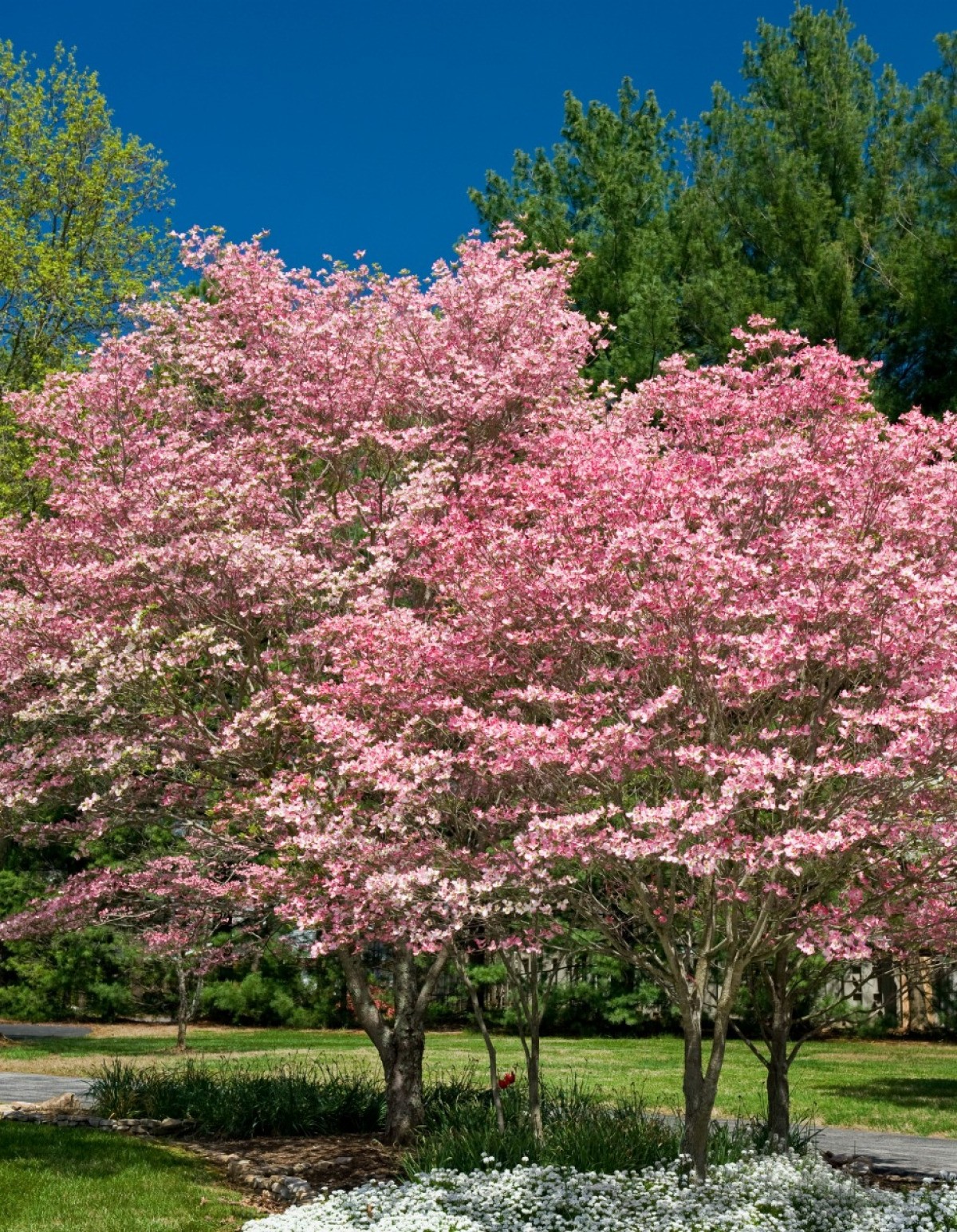Dogwood Tree Care Wilting Leaves

Shake the dogwood tree gently to check for a whitefly infestation.
Dogwood tree care wilting leaves. Refer to our pages about tree planting and after planting care. Drought and water stress. Check the soil to determine if you are over or under watering. The tree is going to show signs of transplant shock leaves turning yellow wilting throughout the first season until it has time to establish roots in its new location.
This can cause it to suffer from a lack of air in the root zone. If this has happened you might consider lifting it and replanting it a bit higher. Protect trees from drought stress winter injury and dogwood borer attack. Frequently the foliage on only one side of a tree wilts.
The wood under the bark of wilting branches is discolored in streaks. Provide additional moisture if required or afternoon shade noon to 5 p m. The whiteflies are tiny sap sucking pests that fly off the plant when the dogwood is disturbed. Ascochyta cornicola is a fungus that appears on dogwood foliage after unusually rainy springs attacking new leaves as they emerge.
Without proper health and care over time your. Prune and destroy dead twigs and branches during dormancy and when observed during the growing season. Rake and destroy fallen leaves. Apply a fungicide during bud break to protect new flowers twigs and foliage.
You may also see that the soil has settled significantly since you planted the tree. In the future it is best to plant or transplant trees during the fall and winter when they are dormant. Use a water hose to spray the. Flowering dogwoods are understory trees that do not tolerate long periods of full sun.
The entire leaf is eventually engulfed turns brown and black then withers. Blight begins with small brown centered gray spots that appear on leaf surfaces and distort leaf growth. A stressed dogwood tree shows signs of its struggle through stunted growth leaf drop or twig dieback as well as dogwood leaves turning brown.

















